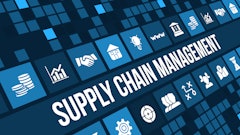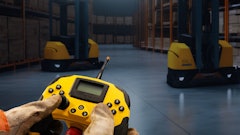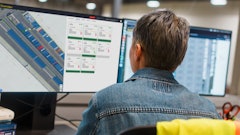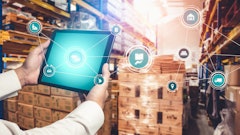
After decades of outsourcing and offshoring, American manufacturing is on the cusp of an unexpected revival. Instead of low-wage labor overseas, the next competitive advantage will come from automation, smart logistics and skilled talent at home. This convergence of policy and tech is a wake-up call for industrial executives, as outlined in a recent PwC report.
Key takeaways:
· A chronic labor shortage is accelerating automation. Meanwhile, robotics technology has matured dramatically. The convergence of AI and robotics is unlocking smart manufacturing capabilities.
· As of May 15, PwC estimates U.S. industrial tariff exposure could jump from about $23 billion a year to $127 billion. And in technology, media, and telecommunications (TMT), that jump could be from $13 billion to $126 billion. Those kinds of cost surges could hit the bottom line hard. It would effectively penalize the old offshoring and may incentivize domestic industries.
· In parallel, however, U.S. labor costs remain substantially higher than those of many
overseas markets. Advanced automation can help offset labor costs, yet much of today's advanced automation technology –– industrial robots, AI-enabled systems –– is also sourced from regions now subject to tariffs, compounding the challenge.
· The economic case for a robotics-driven domestic supply chain becomes clearer under these conditions. If importing key components now carries a 30% –– or potentially more –– premium, the higher upfront cost of building high-tech factories in the United States might be more attractive, especially if those factories are highly automated to keep unit costs competitive.
· The next wave of innovation –– in electric vehicles, clean energy, advanced electronics, biotech –– will favor those with prolific manufacturing capabilities. By fostering synergy between U.S. tech innovation and manufacturing prowess, American companies can set the pace in emerging industries and enable new products, innovation and business models.
· An America-first strategy could help catalyze a greener approach to making goods.
· Trading partners might retaliate with their own tariffs.













![Pros To Know 2026 [color]](https://img.sdcexec.com/mindful/acbm/workspaces/default/uploads/2025/08/prostoknow-2026-color.mduFvhpgMk.png?ar=16%3A9&auto=format%2Ccompress&bg=fff&fill-color=fff&fit=fill&h=135&q=70&w=240)






